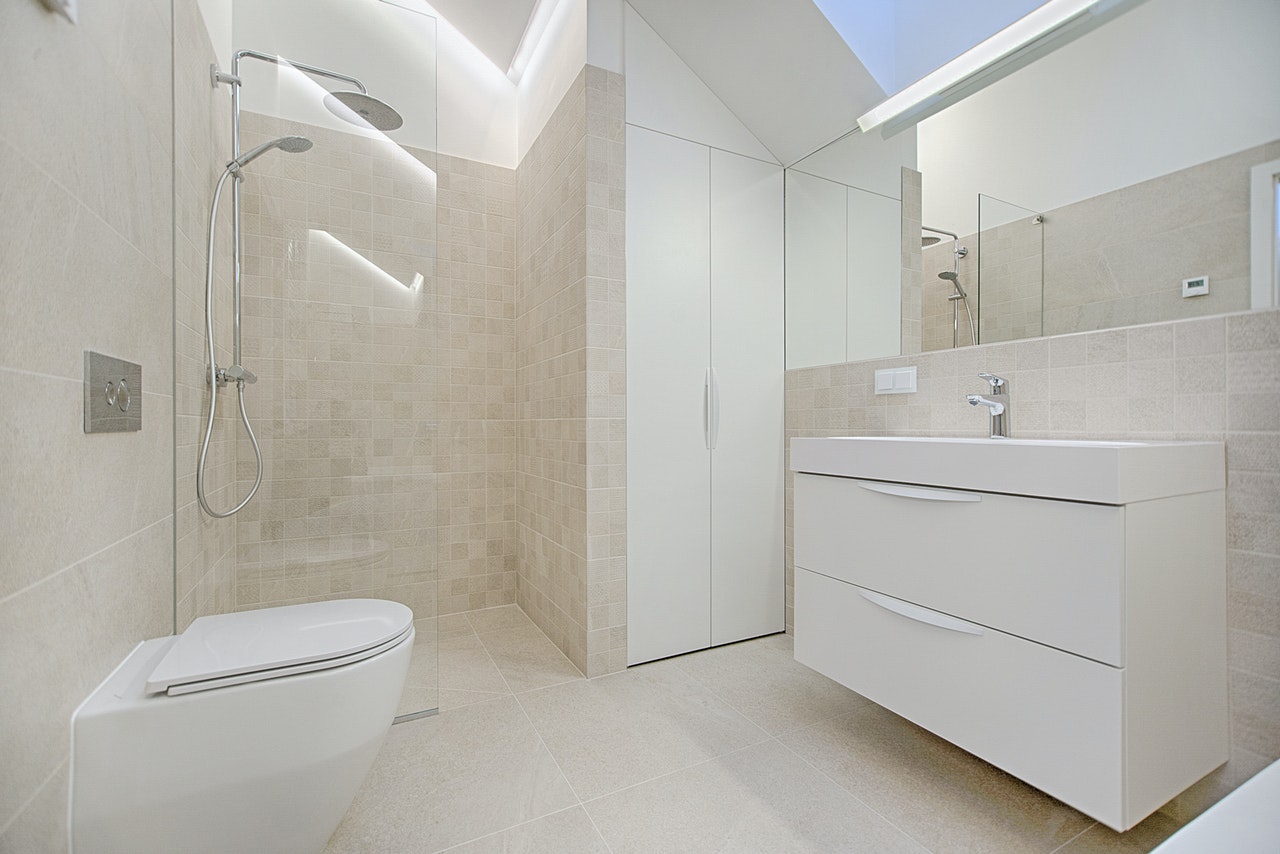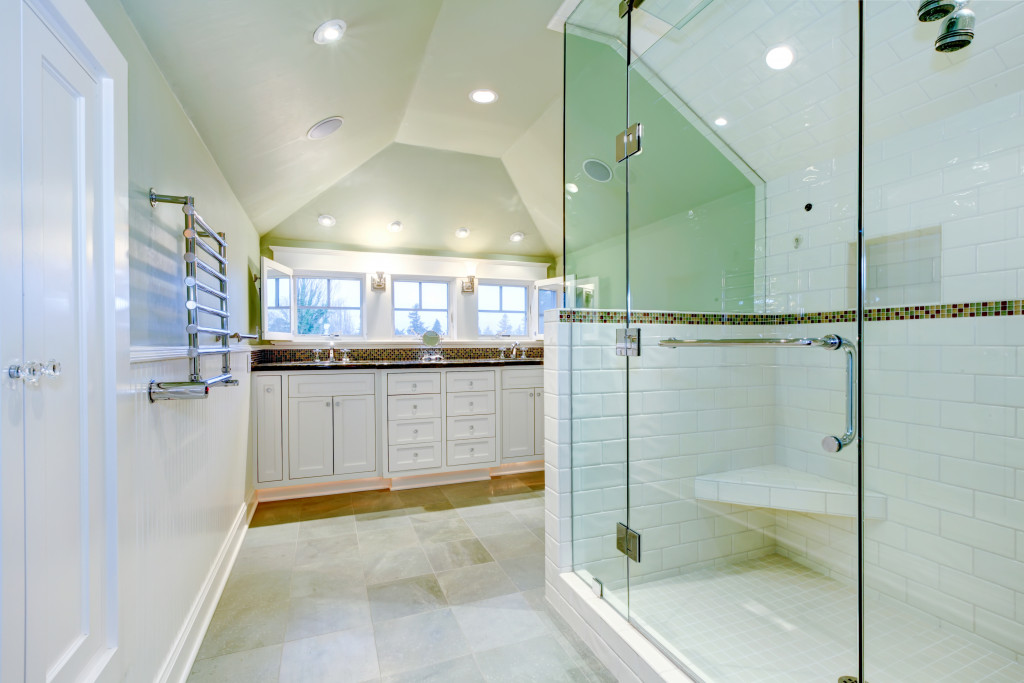The bathroom is one of the most commonly-used areas around the house. Often, multiple people use the bathroom in a single day to shower, brush their teeth, and move their bowels.
That is why the bathroom is a cesspool for bacteria. Scientists have found the presence of disease-causing germs, including staphylococcus aureus or staph, in regular household bathrooms.
Many people assume that the toilet is the nastiest part of the bathroom because it catches bodily excretions. However, prior research found that bacteria proliferate in toothbrush holders and toothbrushes the most. The faucet is the second dirtiest part of the bathroom.
The bathroom is a high-traffic area in the home. It is also often damp, dark, and cold — creating the perfect environment for bacteria to survive and multiply.
To prevent illnesses, the bathroom should regularly be cleaned and disinfected. However, is there another way to minimise the growth of bacteria in the bathroom and reduce the amount of time that one person needs to sanitise the entire space?
Bacteria-Resisting Bathroom Fixtures
It is possible to find furniture and fixtures that can kill germs on contact. DuraPlan sells vanities and cubicles that have antimicrobial properties which means that, even if the surface is damp, no germs will grow and potentially infect members of your family. There are also bacteria-resistant floor and wall tiles, which can keep the entire space free from illness-causing pathogens. Just make sure that you use antimicrobial grout so that even the nooks and crannies are safe from germs.
Know Which Materials Can Kill Germs
Copper, and its alloys brass and bronze, have long been known to kill bacteria. This has been proven since the 1800s when hundreds of employees working at a copper smelter were spared from repeated outbreaks of cholera in Paris. Since then, studies have been conducted and found that copper can kill numerous microbes, including E. coli, MRSA, a staph bacteria resistant to antibiotics, and coronaviruses.
Installing hardware made of copper would not just elevate your bathroom. It will also prevent the spread of disease-causing bacteria into your entire home.
You can get copper doorknobs, faucets, cabinet hardware, drawer pulls, and a bathtub. It would not be as cheap as plastic or steel, but it is an investment that will give you something invaluable: peace of mind that your family is safe from illnesses.
Cork is also naturally resistant to bacteria. One paper published in 2015 assessed the efficacy of cork against staph. Researchers found that cork reduced the presence of staph by almost 100% within 90 minutes of incubation.
Staph is commonly found in the skin and may cause minor skin infections such as boils, cellulitis, and impetigo. However, it may also become life-threatening if it enters the bloodstream through an open wound or ingested via food.
Cork can add a layer of protection against germs in your bathroom. The material can be used as flooring or, for a more affordable and temporary fix, as a bath mat.

Paint that Eliminates E.coli
Whenever you flush the toilet, you are spreading droplets that contain bacteria into the air and the entire bathroom. You might not know it, but there might be bacteria on your walls and ceilings — parts of the bathroom that do not get sanitised as often.
To prevent growth, coat your walls and ceiling with paint that promises to kill bacteria commonly found in the bathroom. The Sherwin-Williams Paint Shield claims to eliminate 99.9% of bacteria, including E.coli, from any surface within two hours of exposure. It can also maintain its antibacterial properties for several years, even after cleaning and scrubbing.
Increase Ventilation
Ventilation is important in a home, especially in the bathroom. When the air is stale, bacteria and viruses are more likely to infect anyone exposed to it. If there is proper ventilation, the air will diffuse pathogens inside the bathroom immediately and reduce the risk of causing illnesses.
Having a fan inside the bathroom that pulls indoor air out is important to ensure health and safety. It does more than keep the bathroom smelling fresh all day. Germs spread through droplets, which a person creates by sneezing, coughing, talking, and breathing. When they use the bathroom, the act of flushing the toilet splashes droplets on surrounding surfaces and into the air. Moreover, the moisture created from handwashing and showering creates the perfect condition for bacteria growth. A fan addresses all these issues.
Every household should be regularly and thoroughly cleaned and disinfected the bathroom. However, with these recommendations, homeowners can have a bathroom that is free from bacteria all the time.
